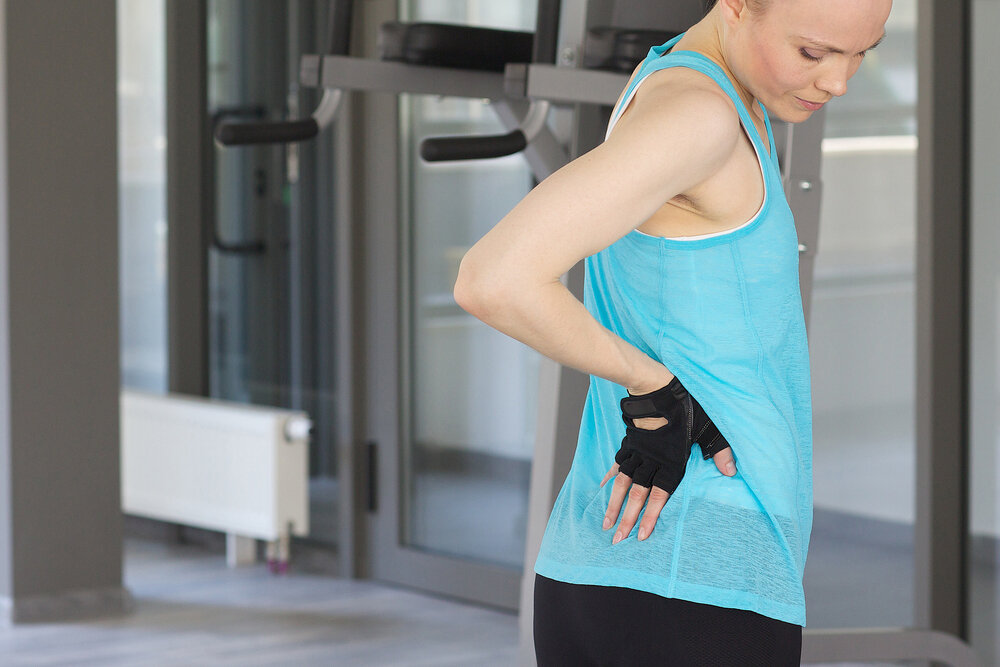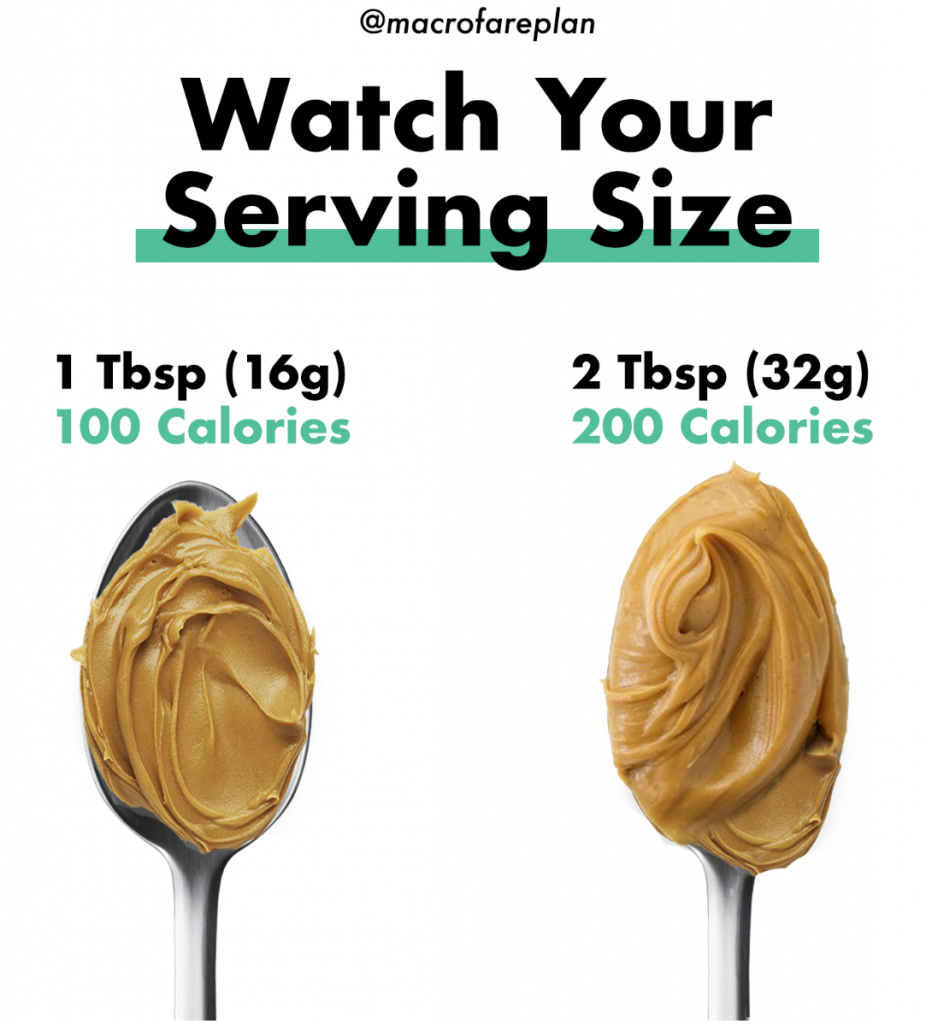Following on from our nutrition series, we’re now going into a training series. This is the first article and it’s about returning to training after lockdown and how to do it sensibly…
After more than three months of lockdown, the return to the gym is getting closer. Getting back to gym training is going to be a big adjustment. If you train in a commercial gym, make your peace now with the fact that it’s going to be busy, equipment will be hard to come by and you’ll probably have to wait around for the kit you want to use!
Then there’s the physical aspect…
Even if you’ve been exercising regularly throughout lockdown, you’ll have done well to have maintained the intensity and the loads that you would normally be lifting in the gym. That means the reality of how you’ll feel when you start training again will be a bit of a shock!
This isn’t just a ‘Christmas break’ or a ‘holiday break’ from the gym - it’s probably closer to FOUR MONTHS! You won’t be back to square one, but the likelihood is that you’ll certainly feel like it!
How to Return to Training
At AdMac Fitness we’re int he business on making you fitter and stronger - not injuring you. That means we do things the right way, at the right time and with the right intensity. As professional personal trainers, we know how important that is - we don’t want our members to be injured most of the time. It’s not good for us or them!
Here’s our advice…
You’ve got to take your time when it comes to getting back into training. By taking your time I don’t mean going slow and not pushing yourself, but you certainly shouldn’t be trying to lift what you used to lift before lockdown. Thanks to a principle of training known as ‘reversibility’, your body will have lost strength, you’ll have lost muscle tissue, your connective tissues (ligaments and tendons) will have stiffened slightly and your physical capabilities will have dropped.
The rate of muscle and strength loss is individualised, but it would have happened. Bear that in mind when you start loading a bar up with weight you were lifting before lockdown! Understand that you’re FAR better off easing back in, giving your body some time to adapt and then pushing on from there.
The good news is, it won’t stay like that forever. Your body will bounce back relatively quickly.
In the same way that muscle atrophies (breaks down), the process of resistance training creates hypertrophy (muscle growth). There are different mechanisms by which this occurs, but essentially progressive resistance is fundamental to tissue change and adaption.
We know from research in the area that resistance training benefits not just the muscles, but the connective tissues (in particular the tendons) too. Despite this, we have to exercise with caution around load when we return to training. I’ll explain why in the next section….
Load and Volume in Training
As we’ve discussed before, load and volume are completely different things. The load is the weight you lift - the volume is how much you lift.
The reason this is particularly important when you return to training is because your body tissues adapt at different rates. Muscle tissue has an excellent blood supply, an elastic tissue type and a number of highly-responsive contractile units. Adaptions can occur very quickly (within days), whereas ligaments and tendons have a poor blood supply and take longer to adapt.
Research shows that tendons in particular will take weeks/months rather than days to adapt to load, so the best advice you can follow in the first couple of months is to lift light-medium weights, but increase the volume. This will help to build a lot of muscle tissue, will improve strength and will give the connective tissues the time they need to adapt to lifting heavy loads again.
To use a building analogy, lifting heavy loads with tissues that aren’t designed for it is like building a sky scraper on jelly - it’s going to come crashing down!
As tempted as you are to lift heavy right from the start, be sensible - you don’t want to be the fittest person in the physio room.
After 6 weeks or so, you’ll be able to lift heavy again. You’ll be back to where you were in no time, but you have to be patient, be safe and do things the right way. There’s only one person who loses out if you overdo it and that’s you. You’ve already had your training adapted for a few months - a few more weeks won’t hurt! Follow the advice in the article and make your return to training a safe and effective one.
Let AdMac Guide You Back to Fitness
As professional personal trainers, it’s our job to help you exercise safely and effectively. We also work out of our private studio in Bow, East London. We can operate in a safe, socially-distanced way and assure you that our standards of hygiene and cleanliness are second to none.
If you want to let us guide you back to full fitness in the best way possible, contact us on 07921465108 or email us at admacfitness@gmail.com. We look forward to hearing from you!












































